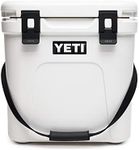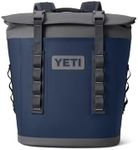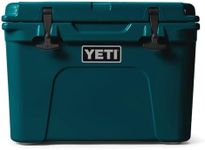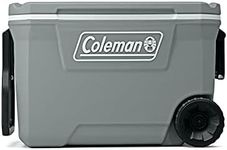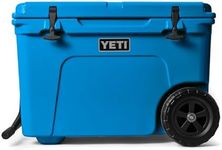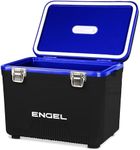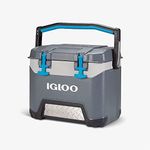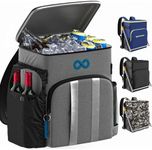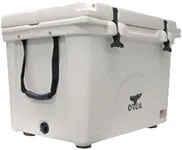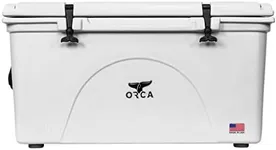Buying Guide for the Best Beach Coolers
Choosing the right beach cooler can make your beach outings more enjoyable by keeping your food and drinks cold and fresh. When selecting a beach cooler, it's important to consider various factors such as size, insulation, portability, and additional features. Understanding these key specifications will help you find the best cooler to meet your needs and ensure you have a great time at the beach.SizeThe size of a beach cooler is crucial because it determines how much you can store inside. Coolers come in various sizes, typically measured in quarts or liters. Small coolers (up to 20 quarts) are ideal for solo trips or short outings, medium coolers (20-50 quarts) are suitable for small groups or day trips, and large coolers (50+ quarts) are perfect for extended trips or larger groups. Choose a size based on the number of people you're catering to and the duration of your beach trip.
InsulationInsulation is what keeps the contents of your cooler cold. The quality of insulation can vary, with some coolers offering better performance than others. Basic coolers may keep items cold for a few hours, while high-end coolers can maintain low temperatures for several days. If you plan on spending long hours at the beach or need to keep items cold for an extended period, opt for a cooler with superior insulation. For shorter trips, a cooler with standard insulation should suffice.
PortabilityPortability refers to how easy it is to carry and transport the cooler. This is especially important for beach coolers, as you may need to carry them over sand and other uneven surfaces. Look for features like wheels, handles, and lightweight materials to make transportation easier. Smaller coolers are generally more portable, while larger coolers may require additional features like sturdy wheels and comfortable handles. Consider how far you'll need to carry the cooler and choose one that offers the right balance of size and portability.
DurabilityDurability is important because a beach cooler needs to withstand the elements, including sun, sand, and water. Coolers made from high-quality materials like rotomolded plastic or heavy-duty fabric tend to be more durable and long-lasting. If you plan on using your cooler frequently or in rough conditions, invest in a durable model. For occasional use, a less rugged cooler may be sufficient. Assess your usage patterns and choose a cooler that can handle the wear and tear you expect.
Additional FeaturesAdditional features can enhance the functionality and convenience of your beach cooler. Some coolers come with built-in bottle openers, cup holders, or compartments for dry storage. Others may have features like UV protection, antimicrobial linings, or the ability to be used as a seat. Think about what extra features would be useful for your beach trips and look for coolers that offer those options. These features can add to the overall enjoyment and practicality of your cooler.
